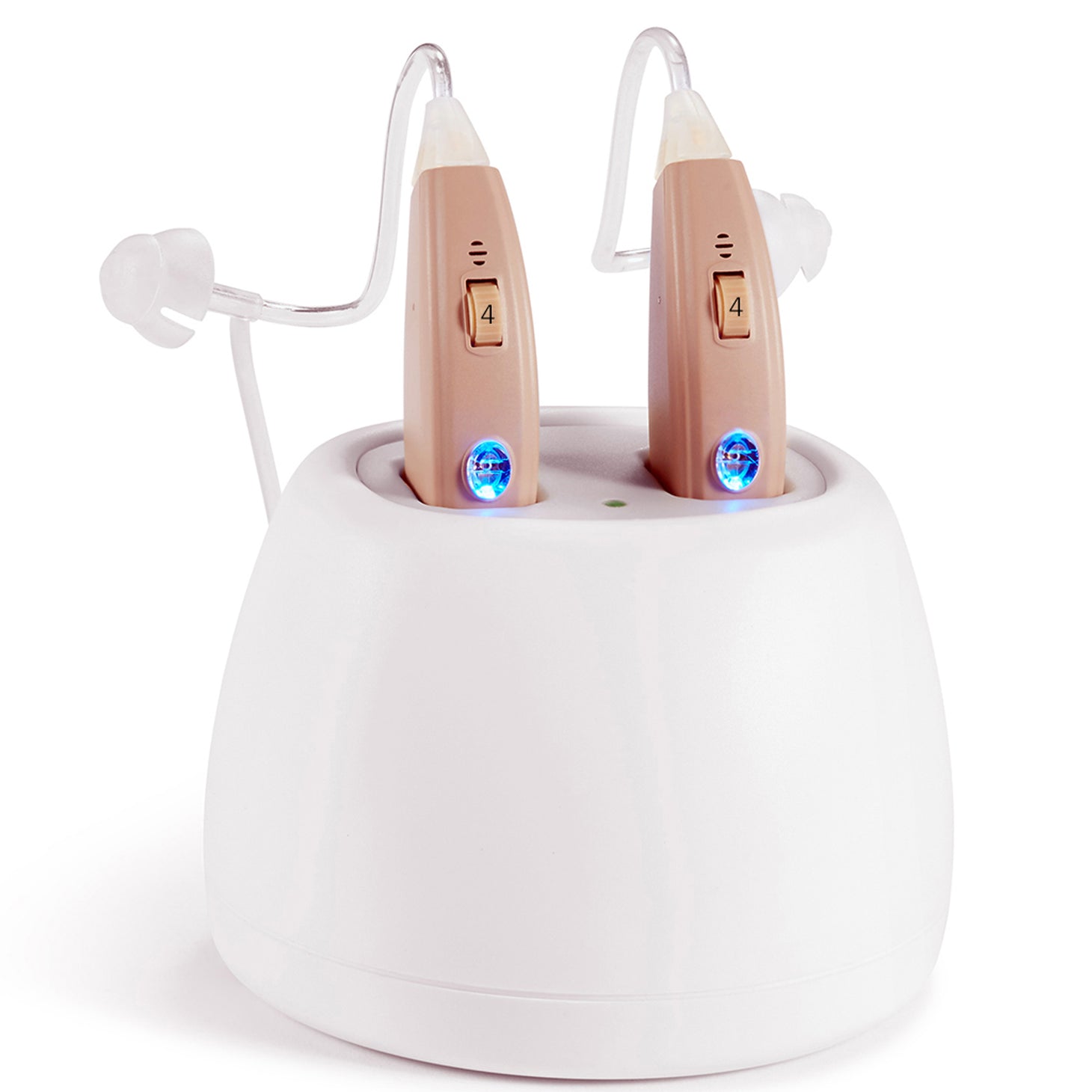When we think about the history of hearing aids, it's fascinating to explore the origins of these devices and how they have evolved over time. From the early attempts to amplify sound to the sophisticated digital hearing aids of today, the journey of hearing aids is a testament to human ingenuity and the desire to improve the quality of life for individuals with hearing loss.

The Early Beginnings
The history of hearing aids can be traced back to ancient times when people used various methods to assist those with hearing impairments. One of the earliest known forms of hearing aids was the "ear trumpet," a simple funnel-shaped device that collected sound waves and directed them into the ear. These early devices were rudimentary but represented the first step in the development of hearing assistance technology.
Electric Advances
It wasn't until the late 19th and early 20th centuries that significant advancements in hearing aid technology were made. The invention of the carbon transmitter, vacuum tube, and miniaturized electronic components paved the way for the creation of electric hearing aids. These devices were bulky and often uncomfortable to wear, but they marked a crucial turning point in the history of hearing aids, providing a more effective means of sound amplification.
A Look Back: Exploring the Origins of Hearing Aids
As technology continued to advance, hearing aids became smaller, more powerful, and more discreet. The development of transistors in the mid-20th century revolutionized the design of hearing aids, leading to the creation of behind-the-ear (BTE) and in-the-ear (ITE) models. These innovations made hearing aids more accessible and comfortable for users, significantly improving their quality of life.
Modern Innovations
Today, we have entered the era of digital hearing aids, which represent the pinnacle of technological advancement in the field. Digital signal processing, wireless connectivity, and sophisticated algorithms have transformed the way hearing aids function, providing users with unparalleled sound quality and customization options. Furthermore, the integration of artificial intelligence and machine learning has opened up new possibilities for enhancing the performance of hearing aids and adapting them to the specific needs of individual users.
In conclusion, the history of hearing aids is a testament to human innovation and the relentless pursuit of improving the lives of individuals with hearing loss. From the humble ear trumpet to the cutting-edge digital hearing aids of today, the evolution of these devices has been nothing short of remarkable. As we continue to push the boundaries of technology, we can look back on the origins of hearing aids with admiration for how far we have come and excitement for what the future holds.








